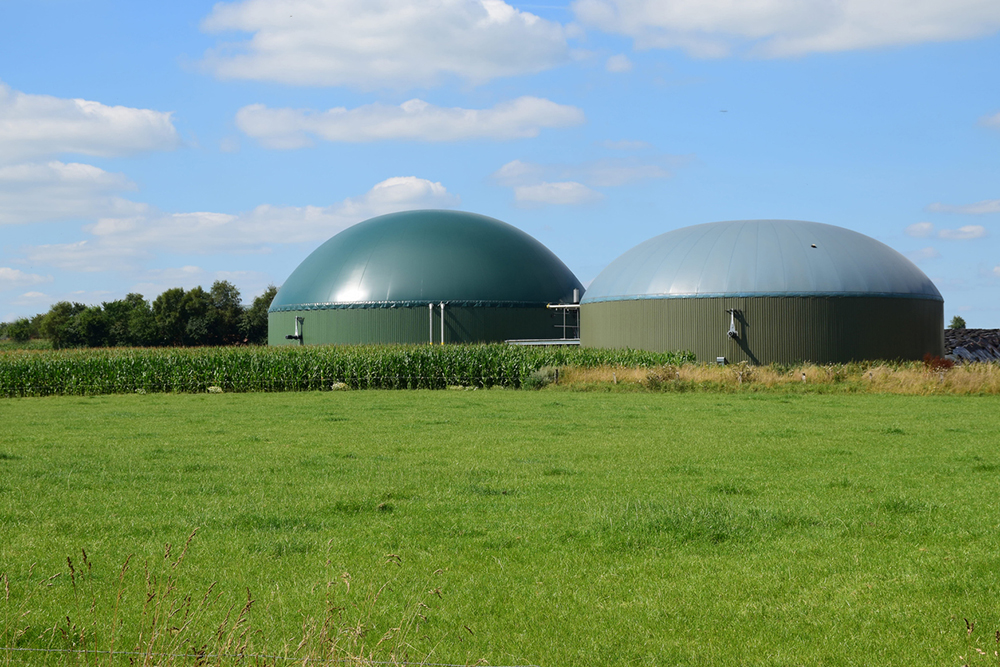Summary
ISO 15985 evaluates the ultimate biodegradability of plastics under high-solids anaerobic-digestion conditions by measurement of biogas formation including carbon dioxide and methane. This test normally takes place over 15 days and is equivalent to ASTM D5511.
This biodegradation test is designed to simulate the typical anaerobic conditions for the organic fraction of mixed municipal waste. The test takes place at 52ºC and is designed to yield the percentage of carbon in the test material and its rate of conversion to biogas.
ISO 15985 Testing Method
The ISO 15985 test takes place in the dark or diffused light at 52ºC or thermophilic conditions. The test consists of nine total 750 mL reactors — three for the test substance, three for the blank control, and three for the reference control. Biogas volume is measured using inverted graduated cylinders at room temperature and atmospheric pressure. Test validity criteria include over 70% degradation for the reference cellulose after 15 days and the deviation among the cellulose replicates is less than 20% of the mean.
This test can be used on many different types of materials and is commonly used with plastics.
Do You Need ISO 15985? Contact Aropha Today
Our goal at Aropha is to provide our customers with streamlined and efficient biodegradability testing for any of their products. We have the experience and capabilities needed to test a wide range of products, including plastics, biopolymers, and single-use products. We combine our digital twin simulation platform and lab biodegradability testing to provide accurate results at any stage in product development. Plus, we can provide you with the proper test documentation to substantiate marketing claims made on your products.
Contact our team today to start testing.
ISO 15985 Requirement and Applicability
Different testing methods are applicable for materials with different properties. Below is a summary of the applicability of ISO 15985. Please check our Method Selection Guide to select the most appropriate method for your materials. You can also find the applicability for many other methods in our Resource Center.| Test | Analytical method | Sample info required * | Poorly soluble | Volatile | Adsorbing |
|---|---|---|---|---|---|
| ISO 15985 | CO2 and CH4 evolution | Organic carbon content * | + | +/- | + |
*“Sample info required” is the information needed to calculate the biodegradation percentages. This must be available for a selected method.
*“Organic carbon content” is the ratio of the organic carbon weight to the weight of the sample. It can be calculated by the sample formula (e.g., acetic acid C2H4O2, carbon content is 12*2/(12*2+1*4+16*2)=40%). Try our Online C% Calculator. If the formula is unknown, we can send the sample out to a third party lab for you for analysis (normally $110 with a 10-day turnaround time).
Pricing
Contact us for High-Throughput Screening PricingContact us for Biodegradability Certification Pricing

